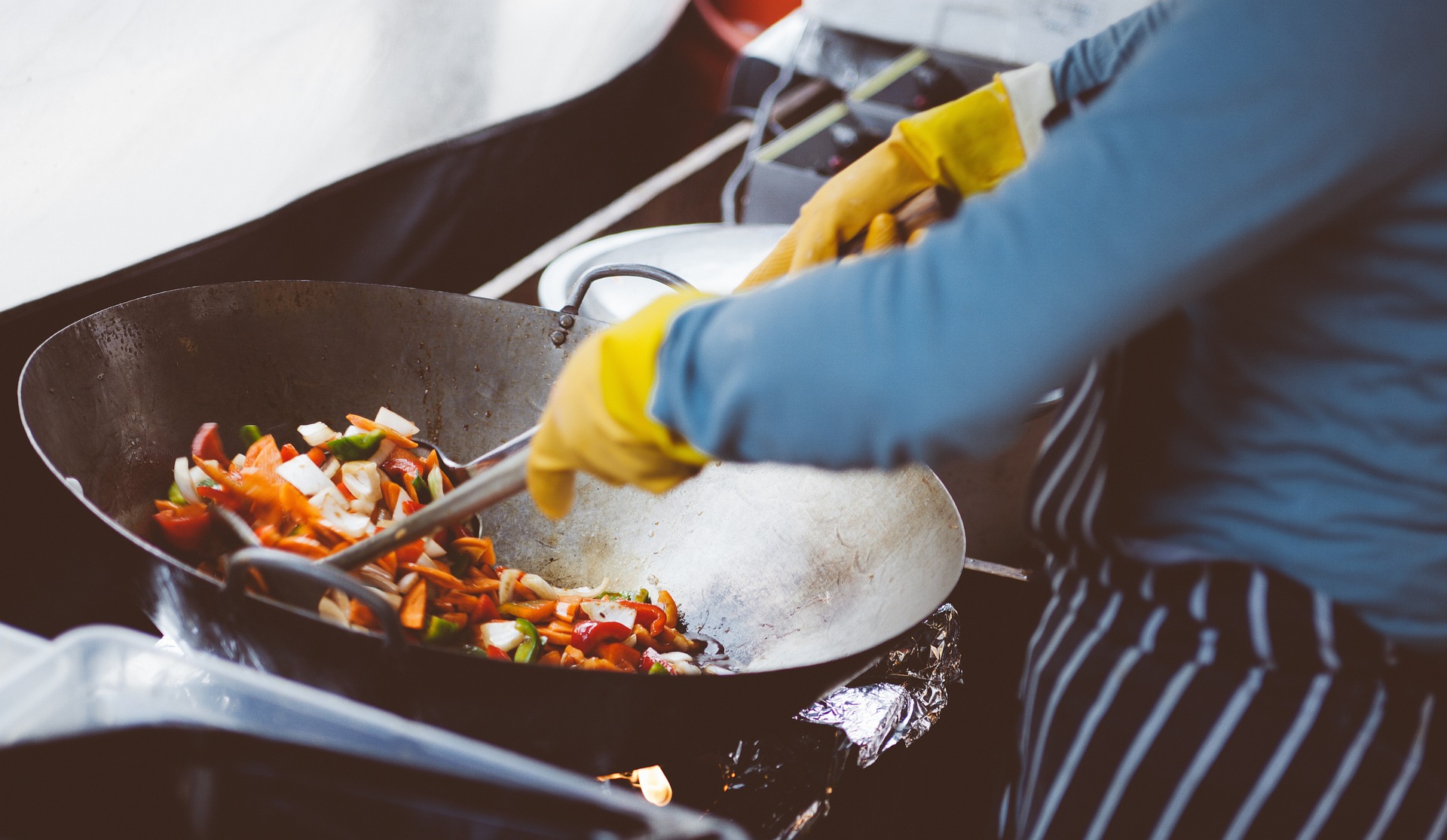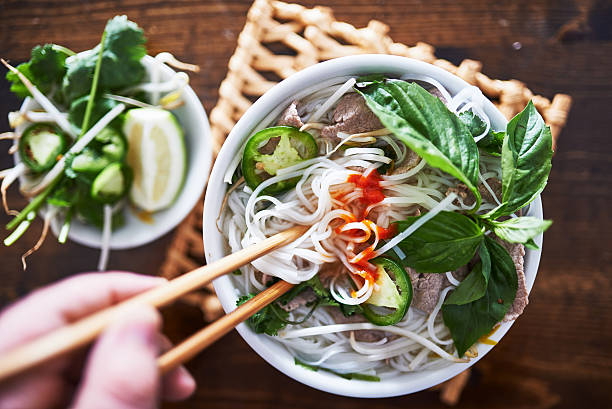Sizzling Secrets: The Art of Wok Cooking
Unlock the mysteries of wok cooking and transform your culinary repertoire. This ancient Chinese cooking vessel isn't just for stir-fries; it's a versatile tool that can elevate your dishes to new heights. From achieving the perfect wok hei to mastering quick-cooking techniques, we'll explore the sizzling secrets that make wok cooking an art form.
Seasoning: The Foundation of Flavor
A well-seasoned wok is the cornerstone of exceptional wok cooking. The process of seasoning creates a natural non-stick surface and imparts a subtle flavor to dishes. To season a new wok, start by scrubbing it thoroughly with hot water and a mild detergent to remove any manufacturing residues. Dry the wok completely, then heat it over high heat until it starts to smoke. Using tongs, wipe the entire surface with a thin layer of high-smoke-point oil, such as peanut or grapeseed oil. Repeat this process several times, allowing the wok to cool between applications. With proper care and regular use, your seasoned wok will develop a beautiful patina and become increasingly non-stick over time.
The Dance of Heat and Timing
Mastering wok cooking requires understanding the delicate balance between heat and timing. The key lies in preheating the wok until it’s smoking hot before adding oil. This prevents food from sticking and ensures that ingredients sear quickly, locking in flavors and nutrients. Once the oil is added and begins to shimmer, ingredients should be introduced in a specific order based on their cooking times. Start with aromatics like ginger and garlic, followed by proteins, then vegetables, and finally, any sauces or seasonings. The entire cooking process often takes mere minutes, so having all ingredients prepped and within reach is crucial for success.
Wok Hei: Capturing the Breath of the Wok
Wok hei, or the breath of the wok, is the holy grail of wok cooking. This elusive flavor is characterized by a subtle smokiness and caramelization that can only be achieved through high-heat wok cooking. To capture wok hei, ensure your wok is scorching hot before adding ingredients. As you cook, use a tossing motion to lift the food, allowing it to briefly kiss the sides of the wok. This technique not only promotes even cooking but also allows ingredients to momentarily catch fire, imparting that coveted smoky essence. The key is to keep the ingredients moving constantly, preventing burning while encouraging caramelization.
Beyond Stir-Fry: Exploring Wok Versatility
While stir-frying is the most well-known wok technique, this versatile tool can do so much more. Try your hand at wok-steaming by placing a bamboo steamer basket inside the wok filled with a few inches of simmering water. This method is perfect for delicate dumplings or fish. For a unique twist on smoking, line your wok with foil, add wood chips, and place a rack above to smoke meats or vegetables. Deep-frying in a wok requires less oil than traditional methods and allows for easy temperature control. Even baking is possible; use your wok to create a crispy-bottomed rice dish or a rustic fruit cobbler.
Wok Wisdom: Tips and Tricks
-
Always preheat your wok before adding oil to prevent sticking
-
Use a high smoke-point oil like peanut or avocado oil for best results
-
Keep ingredients moving constantly to prevent burning and promote even cooking
-
Invest in a good wok spatula (wok chuan) for easy tossing and stirring
-
Don’t overcrowd the wok; cook in batches if necessary to maintain high heat
-
Clean your wok immediately after use with hot water and a soft brush, avoiding soap
-
Store your wok in a dry place to prevent rust
Embracing the art of wok cooking opens up a world of culinary possibilities. With practice and patience, you’ll soon be creating dishes that rival those of your favorite Chinese restaurant. Remember, the key to wok mastery lies in understanding the interplay of heat, timing, and technique. So fire up that wok, and let the sizzling begin!






